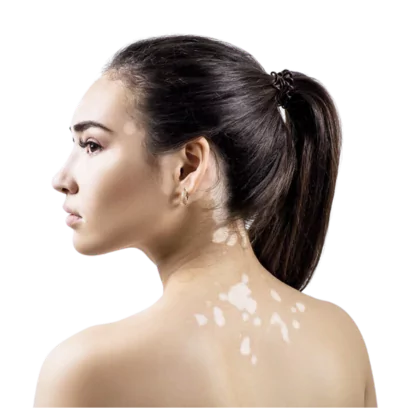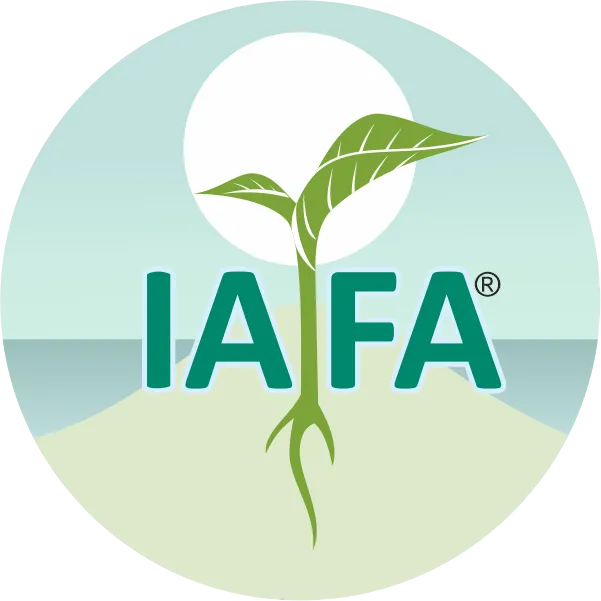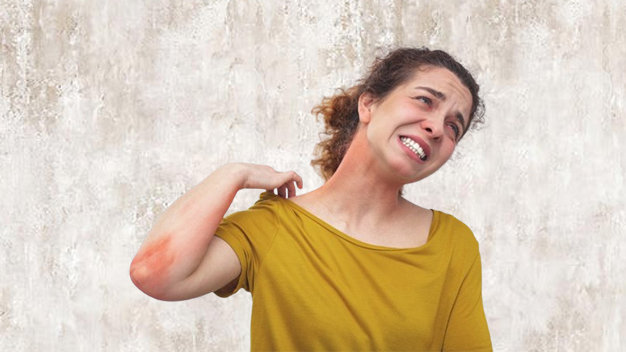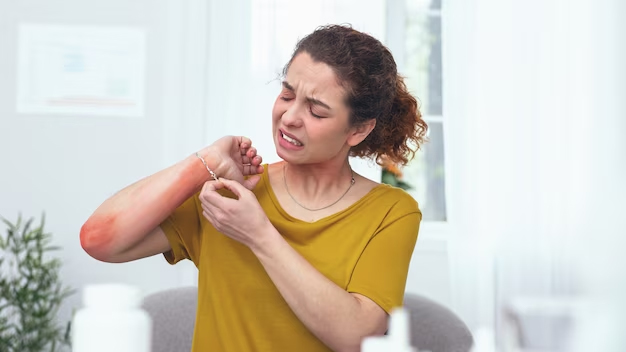On This Page
What is Pityriasis Alba?
Pityriasis alba is a common skin condition usually affecting children aged 3 to 16 years of age and characterized by hypo-pigmented, circular or irregularly shaped, dry, and scaly patches on the skin. It is more noticeable in people with darker skin and the lesions most commonly appear on the face followed by the upper arms, neck, cheek, back, etc. Dr. Gupta’s IAFA is successfully managing Pityriasis alba through Ayurvedic measures.
Etiology of Pityriasis Alba
The exact cause of pityriasis alba is not known. It is considered as a low-grade form of eczema or dermatitis. This disease is mostly associated with sun exposure, Malassezia yeast infection, low levels of serum copper and often trace elements, the aggressive response of the immune system towards skin irritants, etc.
Symptoms of Pityriasis Alba
- Round or oval or irregular-shaped lesion of 0.5 to 5cm in diameter
- Lesions are the hypopigmented, dry, scaling type with minimum or no itching
- Drying and scale appearance is more commonly seen in winter
Diagnosis of Pityriasis Alba
It is usually clinical based on symptoms and examination of the skin. Mycology examination and fungal culture are negative in Pityriasis alba.
Ayurvedic Reference of Pityriasis Alba
श्वेतंरक्तंस्थिरंस्त्यानंस्निग्धमुत्सन्नमण्डलम्।
कृच्छ्रमन्योन्यसंसक्तंकुष्ठंमण्डलमुच्यते ||
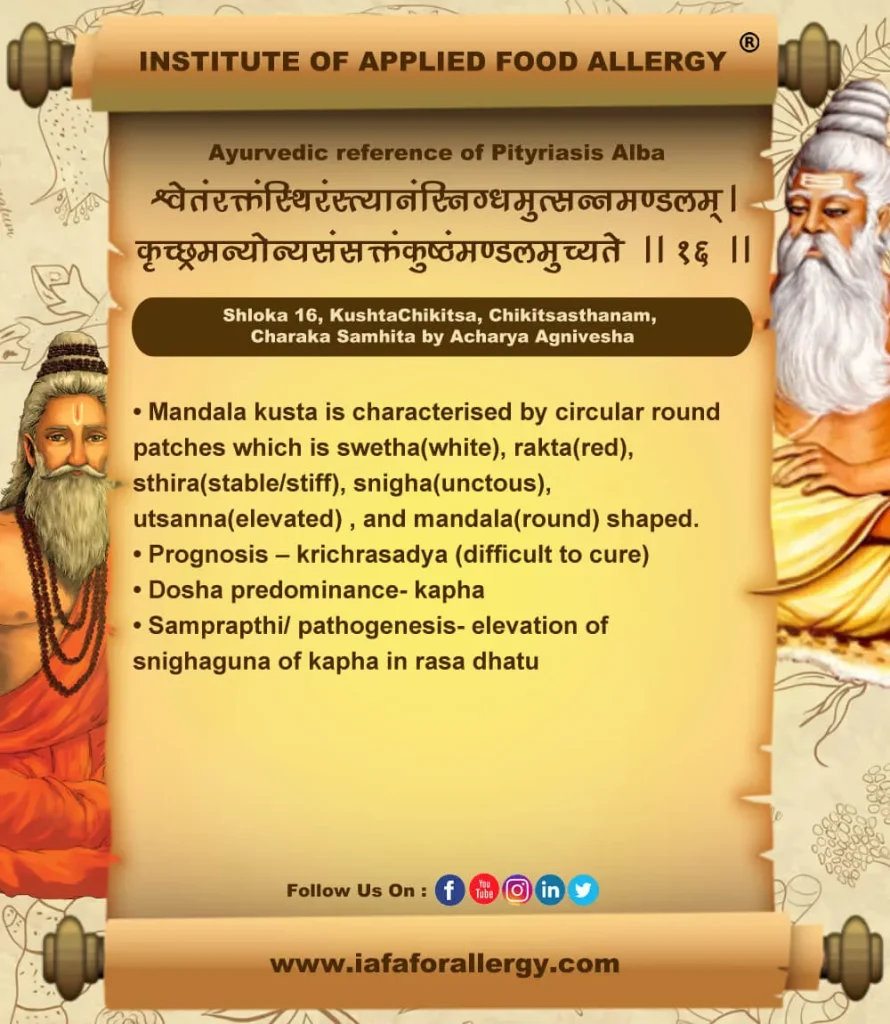

“Dr. Gupta’s Institute of Applied Food Allergy® is the best destination for the Ayurvedic management of various skin ailments like Pityriasis alba”.
Reach IAFA to solve all your skin ailments naturally!!!
– Dr. Sahil Gupta (B.A.M.S., M.H.A.)
Ayurvedic Allergy Specialist
CEO & Founder of IAFA®
At last, Easier Pityriasis Alba Management

Trusted by
More than 90,000 Patients

Convenient
at-Home Treatments

9.2 / 10
Customer Satisfaction Score
Ayurvedic Treatment for Pityriasis Alba
Kaphahara and mandala kustahara chikitsa based on extend of dosha vitiation.
Internal Medicines
- Nimbadi kasayam
- Kaisora Guggulu
- Khadiraristam
- Aragwadaristam
- Rasagandhi mezhuku
External Application
- Guggulu marichadi tailam
- Triphala churnam
- Eladi churnam
- Lodradi churnam
Purifactory Therapies
- Virechana (purgation) – manibhadra gudam
- Nasya (errhines) – madhuyashtyadi taila
Single Herbs Used in Pityriasis Alba
- Neem (Azadirachta indica)
- Aragwada (Cassia fistula)
- Katuki (Picrorrhiza kurroa)
Also Read – Case Study – Successful Ayurvedic Treatment of Pityriasis Alba
Diet in Pityriasis Alba
Pathya (Do’s) in Pityriasis alba
- Avoid exposure to the sun, extreme weather, wind, etc.
- Follow personal hygiene, low carbohydrate, and light vegetarian food.
Apathya (Don’ts) in Pityriasis alba
- Avoid yogurt, chocolates, jaggery, non-vegetarian foods, and prawns (similar products)
Yoga Therapy
- Uttanasana
- Janushirsasana
- Bhunjagasana
- Trikonasana
Pranayama / Meditative Therapy
- Sitakari pranayama
- Kapalbati pranayama
Mudra Therapy
- Brahma mudra
- Prana mudra
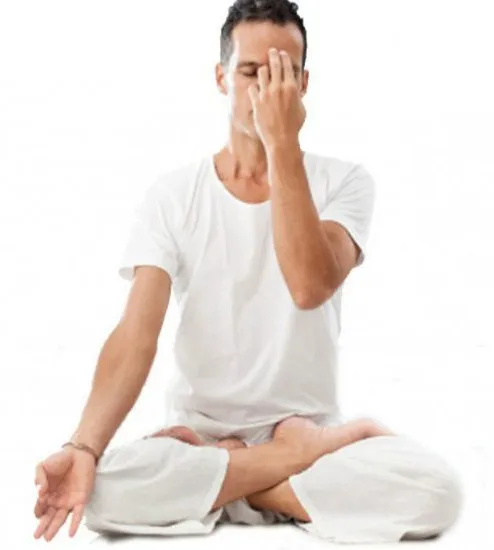
Frequently Asked Questions
Question: What is Pityriasis alba?
Answer: Pityriasis alba is a common skin condition usually affecting children aged 3 to 16 years of age and characterized by hypo-pigmented, circular or irregularly shaped, dry, and scaly patches on skin.
Question: What are the major symptoms of Pityriasis alba?/h3>
Answer: Round or oval or irregular shaped lesion of 0.5 to 5cm in diameter and Lesions are hypopigmented, dry, scaling type with minimum or no itching are the major symptoms of pityriasis alba.
Answer: Round or oval or irregular shaped lesion of 0.5 to 5cm in diameter and Lesions are hypopigmented, dry, scaling type with minimum or no itching are the major symptoms of pityriasis alba.
Question: Is there any Ayurvedic remedy for pityriasis alba?
Answer: Yes, Ayurveda is having successful treatment for the management of pityriasis alba.
Question: What is Pityriasis Alba?
Answer: In Ayurveda, Pityriasis Alba is very much similar to Mandala Kusta which is one of the most common but miserable Twak vikara (skin disorder) affecting all the population groups.
Question: What is the cause of Pityriasis Alba?
Answer: According to Acharya Sushruta, it is a Kaph Pradhan vyadhi most commonly occurs in Urdhva hasta i.e., hasta, ura and mukha. It starts with kandu (itching) which is mild and also results in the formation of white thin patches without pain.
Question: What is the treatment of Pityriasis Alba?
Answer: Ayurvedic treatment of pityriasis alba involves a holistic approach particularly correcting the root cause through Sanshodhan (cleansing), specifically for skin disorders like pityriasis alba. The treatment involves expelling out toxins present in rasadi dhatu and purifies dushya of skin disorders.
Question: What are the herbs useful in Pityriasis Alba?
Answer: There are many herbs available in Ayurveda for Pityriasis Alba such as: Trivrit, Khadira, Devdaru, Daruharidra, Triphala, Vidanga etc.
References
- Charak Samhita Sutra Sthana, Tasyasiteeya, Chapter 6, Sloka 49.
- Charaka. Charaka Samhita. Vidhyotini commentary. Chaukhambha Bhartiya Academy, Varanasi. 1st volume, Sutrasthan 20/17.
- Dr. Ravi Dutt Tripathi. Ashtang Sangraha, Chaukhambha Sanskrit Sansthan, Varanasi, Viman Sthan 1/10.
- Sahil Gupta, Ayurvedic Aspects of Allergies and Fungal Infections, Edition 2021, Alcohol Allergy Chapter No. 20, Page No. 123-128.
Dr. Gupta’s IAFA is a name synonymous with excellence and is a one-stop-solution for all allergy-related issues. After conducting thorough research and spending years crafting unique herbal formulations, Dr. Gupta is confident that any type of animal allergy can be cured using ayurvedic herbal formulations. The only prerequisite is patience and a complete dedication towards the treatment.
Do visit us now (whether physically or virtually) and say goodbye to your allergies. Experience the extraordinary only at IAFA!!
Was this Page Helpful?
So IAFA Root-Cause Treatment for Your Pityriasis Alba is Just 3 Steps Away!

01. Connect With Us
Share your history of illness or Book your appointment

02. Consult With Us
Dr. Gupta a certified Ayurvedic Allergist Consultant

03. Root Cause Treatment
Get an accurate diagnosis, medicines, diet & lifestyle change
Real Case Studies – Successfully Treated Patients
Real Case Studies of Successfully Treated Patients from All Around the World by IAFA Ayurveda®
-
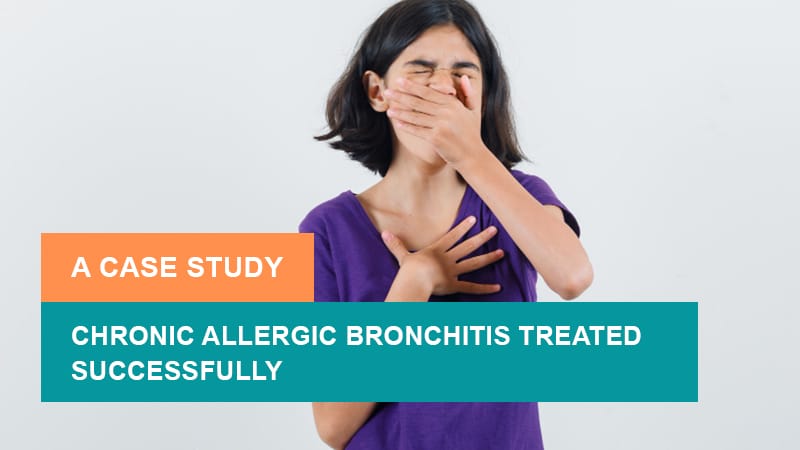
Chronic Allergic Bronchitis Treated Successfully – A Case Study
It is a case study about successful treatment of Chronic Allergic Bronchitis.…
-
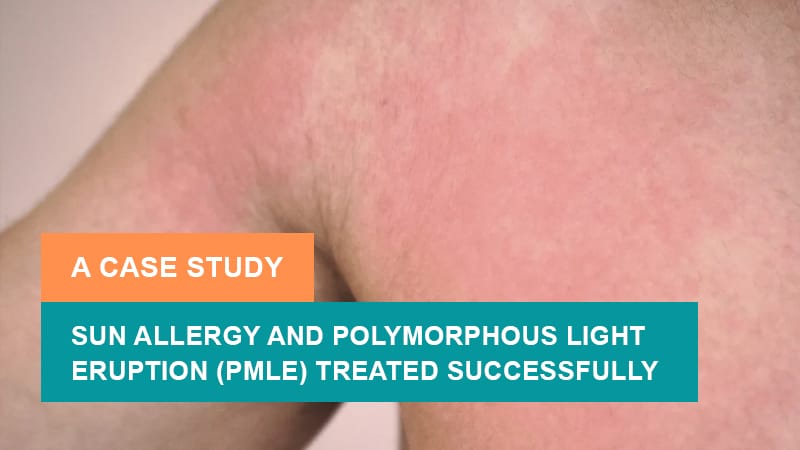
Sun Allergy and Polymorphous Light Eruption (PMLE) Treated Successfully – A Case Study
12 Year old child girl, was suffering from Sun Allergy and Polymorphous…
-

Successful Treatment of Dyshidrotic Eczema and Onychomycosis – A Case Study
It is a case study about successful treatment of Dyshidrotic Eczema and…
-

How Ayurveda Helps to Treat Urticaria With Angioedema Successfully? A Case Study
Learn complete case study about how Ayurveda helps to treat Urticaria With…


